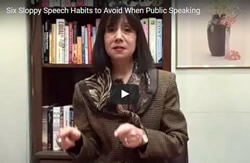 There’s been talk about Hillary Clinton’s coughing and whether she’s damaging her voice. It made me think of how speakers unknowingly abuse their voices.
Often public speakers yell in order to project. Yelling is not only irritating to listen to, but will cause eventual hoarseness. It causes strain on the vocal folds. Presenters should request a microphone, project from the diaphragm, and not from the neck muscles. And incessant coughing can also cause damage. Coughing causes the vocal folds to forcefully slam together.
There’s been talk about Hillary Clinton’s coughing and whether she’s damaging her voice. It made me think of how speakers unknowingly abuse their voices.
Often public speakers yell in order to project. Yelling is not only irritating to listen to, but will cause eventual hoarseness. It causes strain on the vocal folds. Presenters should request a microphone, project from the diaphragm, and not from the neck muscles. And incessant coughing can also cause damage. Coughing causes the vocal folds to forcefully slam together.
One of the bigger problems for professional and public speakers is laryngopharyngeal reflux, an inflammation near the back part of the larynx due to acid rising to that point. Thirty-five million people in the United States have acid reflux.
“This inflammatory condition causes the vocal folds to function less efficiently leading to vocal fatigue and poor projection,” states Dr. Thomas Murry, clinical director, professor of speech pathology in otolaryngology at the Voice and Swallowing Center of Columbia Presbyterian Medical Center, Columbia University. Reflux is most common among speakers because so many speakers are on the go, stressed and may have poor diets. Being aware of the symptoms of reflux can help speakers take preventative steps to take care of the problem.
The big five symptoms are:
- Vocal fatigue
- Lack of projection
- Hoarseness as the day wears on
- Throat clearing
- Increased phlegm in the throat
Preserving the Voice
To preserve the voice, don’t constantly clear your throat or talk over noise. Instead, Murry recommends the silent cough technique.
The silent cough technique is a way to clear the throat without violently banging the vocal folds together. The silent cough is done by breathing in air and blowing the air out fast through your throat and mouth without making a sound. Immediately after the silent cough, you should tuck your chin down toward your chest and make a strong swallow. The silent cough often clears mucous that clings to the vocal folds or near them. The silent cough is an important element of vocal hygiene and helps to prevent unnecessary trauma to the vocal folds. It is especially important to use the silent cough after surgery to the vocal folds.
If the symptoms of reflux continue, go to the doctor before the problem becomes severe.
Another common physical voice problem is vocal paresis, a weakness in one or both vocal muscles manifesting in breathiness or fatigue. Both folds must come together symmetrically to produce a clear, resonant voice. Vocal paresis can be caused by a flu or viral infection. When the nerve is inflamed, the condition can last for six months to a year, causing the speaker to change habits to adjust to the inflammation. A monotone may be an indicator of a minor defect or partial paralysis. Also, public speakers who have difficulty projecting could have some vocal fold asymmetry. Tape yourself and listen to how you sound. Also, be aware if you find people asking you to talk louder. This may be an indication that you are suffering from vocal paresis.
Breathiness and Hoarseness
Women are more inclined to get polyps or nodules, which are growths that prevent complete closure of the vocal folds and create breathiness. “In females, the back part of the vocal folds never completely closes due to the way they are formed. So the female voice is always going to be a little bit more breathy than the male’s because of anatomy,” states Murry.
If you are suffering from breathiness, take action and get checked out. It is always better to be safe than sorry. The definition of the term “frustrated and feeling sorry for yourself" is to wake up to find that you’re hoarse when you have a big speaking engagement.
When hoarseness is the problem, first determine that there is no hemorrhage. Then start a process of hydration and steam. Public speakers should travel with a facial steamer. When staying in a dry hotel room, opera singers use them every hour for five minutes. Alternatively, you can make boiling water in your coffee pot, pour it into the ice bucket, and throw a towel over your head to reap the benefits of steam.
To avoid becoming hoarse, avoid alcohol, chocolate and caffeine before a speech. They will dehydrate the mucous membranes, causing hoarseness. Finally, after an all-day motivational program, get plenty of rest and drink lots of water. Before you climb into bed, toss out those mint chocolates on your pillow; they are a double whammy because the mint relaxes the lower esophagus and allows acid to come up.
Making a difference in the lives of your audience is done with your instrument—your voice. With proper breathing, voice training and vocal hygiene, your voice will be strong, healthy and you’ll master true vocal power.

 This U.S. presidential election was like no other. Hillary Clinton and Donald Trump went head-to-head in a
This U.S. presidential election was like no other. Hillary Clinton and Donald Trump went head-to-head in a 
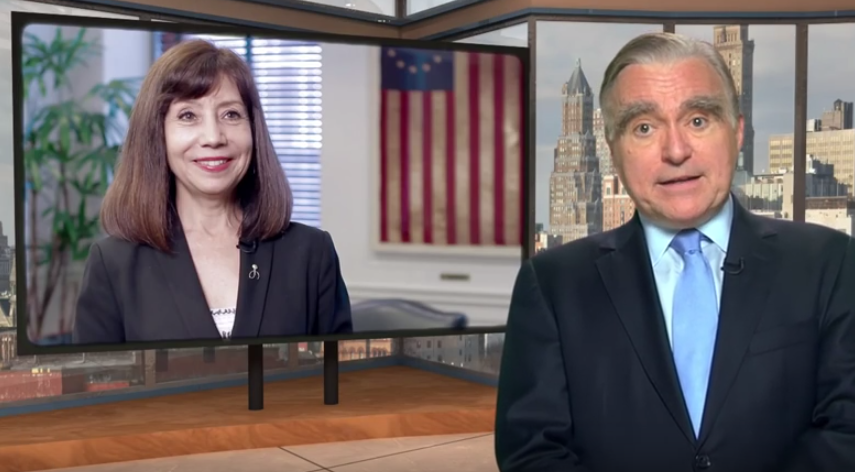 What do today's business presenters have in common with television anchors? They both have broadcasting skills. With
What do today's business presenters have in common with television anchors? They both have broadcasting skills. With 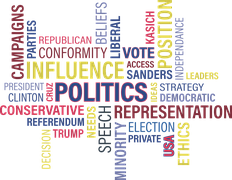 It was round two for Hillary Clinton and Donald Trump at the second presidential debate held at Washington University in St. Louis.
The atmosphere was tense as evidenced by the candidates' refusal to shake hands. But while the focus is supposed to be on the candidates, they were upstaged by Martha Raddatz, who co-moderated with Anderson Cooper. Where are the good moderators? It's been a challenge to respect the facilitators in these debates because they don't seem to understand the role of a moderator. Here are some guidelines for being an effective moderator:
It was round two for Hillary Clinton and Donald Trump at the second presidential debate held at Washington University in St. Louis.
The atmosphere was tense as evidenced by the candidates' refusal to shake hands. But while the focus is supposed to be on the candidates, they were upstaged by Martha Raddatz, who co-moderated with Anderson Cooper. Where are the good moderators? It's been a challenge to respect the facilitators in these debates because they don't seem to understand the role of a moderator. Here are some guidelines for being an effective moderator:

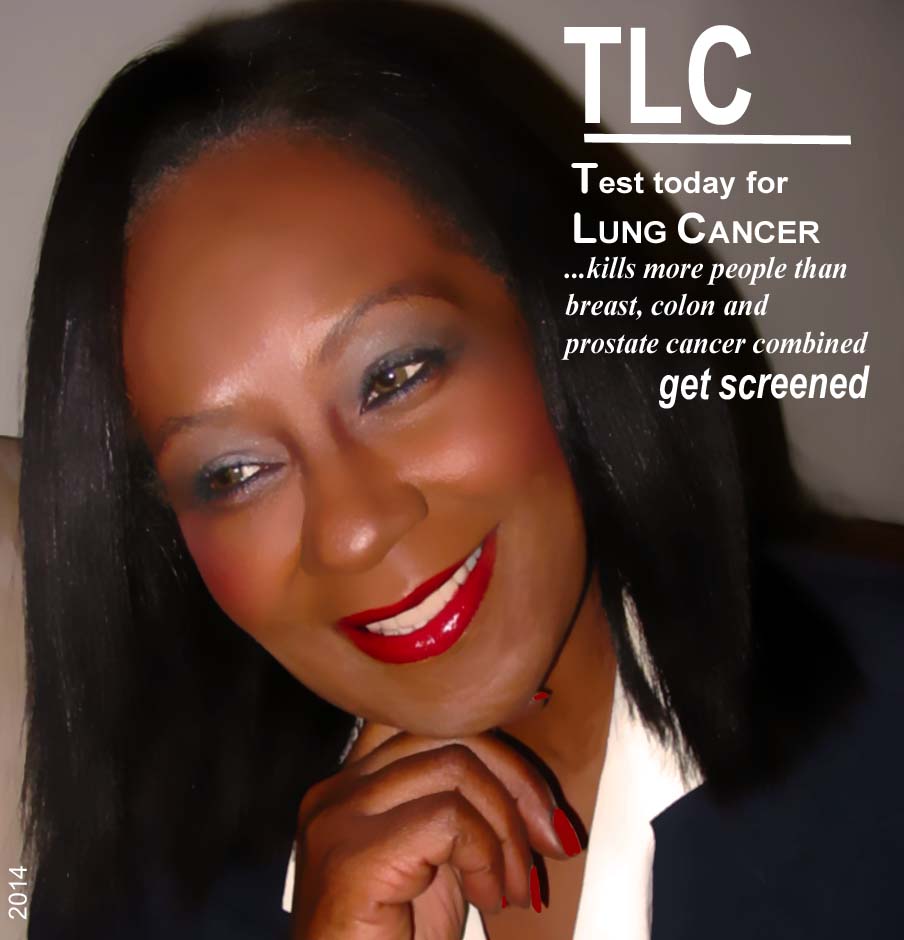 What do you do when a loved one dies and you're the person to give the eulogy? Last weekend I attended the memorial service of my friend, Linda who lost her battle to lung cancer at the age of 63.
Memorial services are usually bittersweet. The service was beautifully inspiring and sad at the same time. The tributes from her sorority sisters gave an insight into her personality and the reader of her legacy left a powerful impression of Linda's contribution of the world. The soloist sang Linda's favorite song with feeling and his voice filled up the room with love.
What do you do when a loved one dies and you're the person to give the eulogy? Last weekend I attended the memorial service of my friend, Linda who lost her battle to lung cancer at the age of 63.
Memorial services are usually bittersweet. The service was beautifully inspiring and sad at the same time. The tributes from her sorority sisters gave an insight into her personality and the reader of her legacy left a powerful impression of Linda's contribution of the world. The soloist sang Linda's favorite song with feeling and his voice filled up the room with love.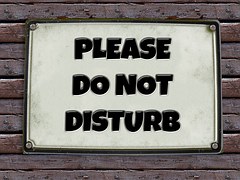 I went to the supermarket to pick up a few items. Not wanting to wait in line, I found a cashier who was without customers. She had her back turned as she was shuffling a deck of coupons. I approached her and stood there expecting her to stop what she was doing to serve me. She did not. She continued to organize the coupons and never said a word to me or attempted to make eye contact. She placed a rubber band around the coupons, put them in the drawer and without saying a word, started to ring up the two items.
I went to the supermarket to pick up a few items. Not wanting to wait in line, I found a cashier who was without customers. She had her back turned as she was shuffling a deck of coupons. I approached her and stood there expecting her to stop what she was doing to serve me. She did not. She continued to organize the coupons and never said a word to me or attempted to make eye contact. She placed a rubber band around the coupons, put them in the drawer and without saying a word, started to ring up the two items.
 It's the Dog Days of August and public speaking is going to the dogs - in a good way. Animals, especially dogs, have been used in pet therapy programs for years. Research shows that pets can help lower blood pressure, and reduce anxiety. Bonnie Auslander, who specializes in
It's the Dog Days of August and public speaking is going to the dogs - in a good way. Animals, especially dogs, have been used in pet therapy programs for years. Research shows that pets can help lower blood pressure, and reduce anxiety. Bonnie Auslander, who specializes in 



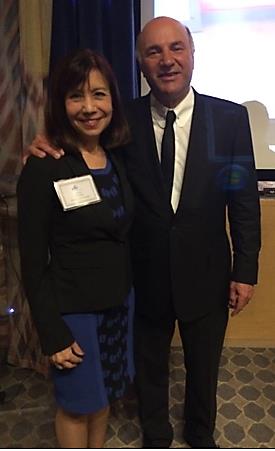 Last month I had the good fortune to hear Kevin O’Leary of Shark Tank speak at a networking event. Unlike typical celebrity events, this venue was intimate, allowing contact with Mr O’Leary and even a photo opp.
After drinks and hors d’oeuvres, we gathered into a small theater-like room to hear him speak. His speaking approach surprised me and I found it refreshing. Instead of the usual PowerPoint, or main stage podium presentation, Mr O’Leary entered the room in an unassuming manner yet strongly communicated
Last month I had the good fortune to hear Kevin O’Leary of Shark Tank speak at a networking event. Unlike typical celebrity events, this venue was intimate, allowing contact with Mr O’Leary and even a photo opp.
After drinks and hors d’oeuvres, we gathered into a small theater-like room to hear him speak. His speaking approach surprised me and I found it refreshing. Instead of the usual PowerPoint, or main stage podium presentation, Mr O’Leary entered the room in an unassuming manner yet strongly communicated 